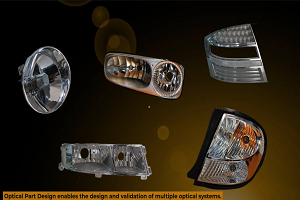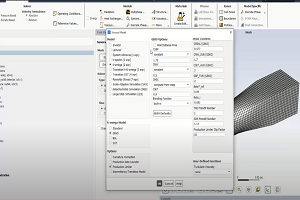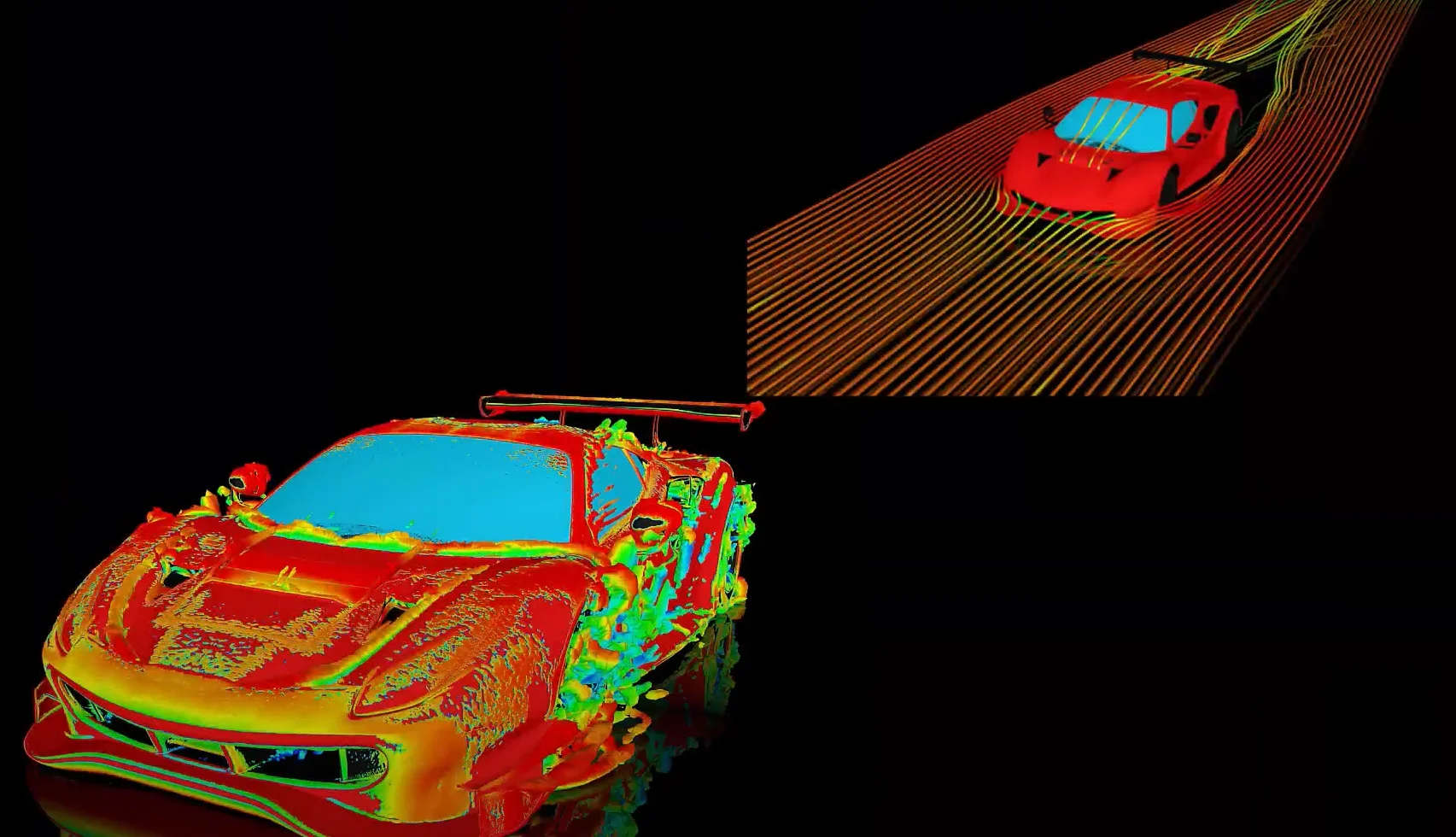Tagged: 2020 R1, mechanical, static, structural-and-thermal, structural-mechanics, thermal
-
-
January 25, 2023 at 7:34 am
 FAQParticipant
FAQParticipantBefore solve, please set “Nodal Forces” to “yes” in Analysis settings –> Output controls (needed for case 1, 3 and 4). 1. If you need heat flow at the interface and you have a contact at this interface, you can simply drag this contact and drop on to the Solution to create a reaction probe which gives you the total heat. 2. If you have a boundary condition (temperature, convection or radiation) scoped to surfaces and you need heat flow at these surfaces, again, drag this boundary condition and drop on to the Solution to create a reaction probe which gives you total heat. 3. If it is neither case 1 or 2, you can simply insert a force reaction probe and change the scope method to “Geometry” and scope those surfaces to get the heat reaction. For 3rd method, if the face is an interface between two bodies connected to each other via Share Topology, the above suggested method will not work and will yield 0, as the contribution coming from both the bodies is opposite and will cancel out. In this case, please use the 4th method. 4. Create a new User Defined result and scope this face. Enter the Expression for the User Defined result as EHEAT. Once you evaluate the results, the total heat value is shown in addition to min and max.
-


Introducing Ansys Electronics Desktop on Ansys Cloud
The Watch & Learn video article provides an overview of cloud computing from Electronics Desktop and details the product licenses and subscriptions to ANSYS Cloud Service that are...

How to Create a Reflector for a Center High-Mounted Stop Lamp (CHMSL)
This video article demonstrates how to create a reflector for a center high-mounted stop lamp. Optical Part design in Ansys SPEOS enables the design and validation of multiple...

Introducing the GEKO Turbulence Model in Ansys Fluent
The GEKO (GEneralized K-Omega) turbulence model offers a flexible, robust, general-purpose approach to RANS turbulence modeling. Introducing 2 videos: Part 1 provides background information on the model and a...

Postprocessing on Ansys EnSight
This video demonstrates exporting data from Fluent in EnSight Case Gold format, and it reviews the basic postprocessing capabilities of EnSight.

- How to reduce contact penetration?
- How to decide which side should be Contact and which should be target in Contact definition?
- What is the difference between secant and instantaneous coefficients of thermal expansion (CTE)?
- How to use the Newton-Raphson residuals option under Solution Information?
- How do I export all result objects data in tabular format?
- How to plot stresses of a beam connection in Workbench?
- Does ECAD trace mapping support more than one type of trace material (usually copper) in the same layer?
- How can I apply a controlled rotation in ANSYS Mechanical
- Difference Between Environment Temperature and Reference Temperature in Mechanical
- How to find total heat flowing through a surface in Mechanical?

© 2025 Copyright ANSYS, Inc. All rights reserved.

